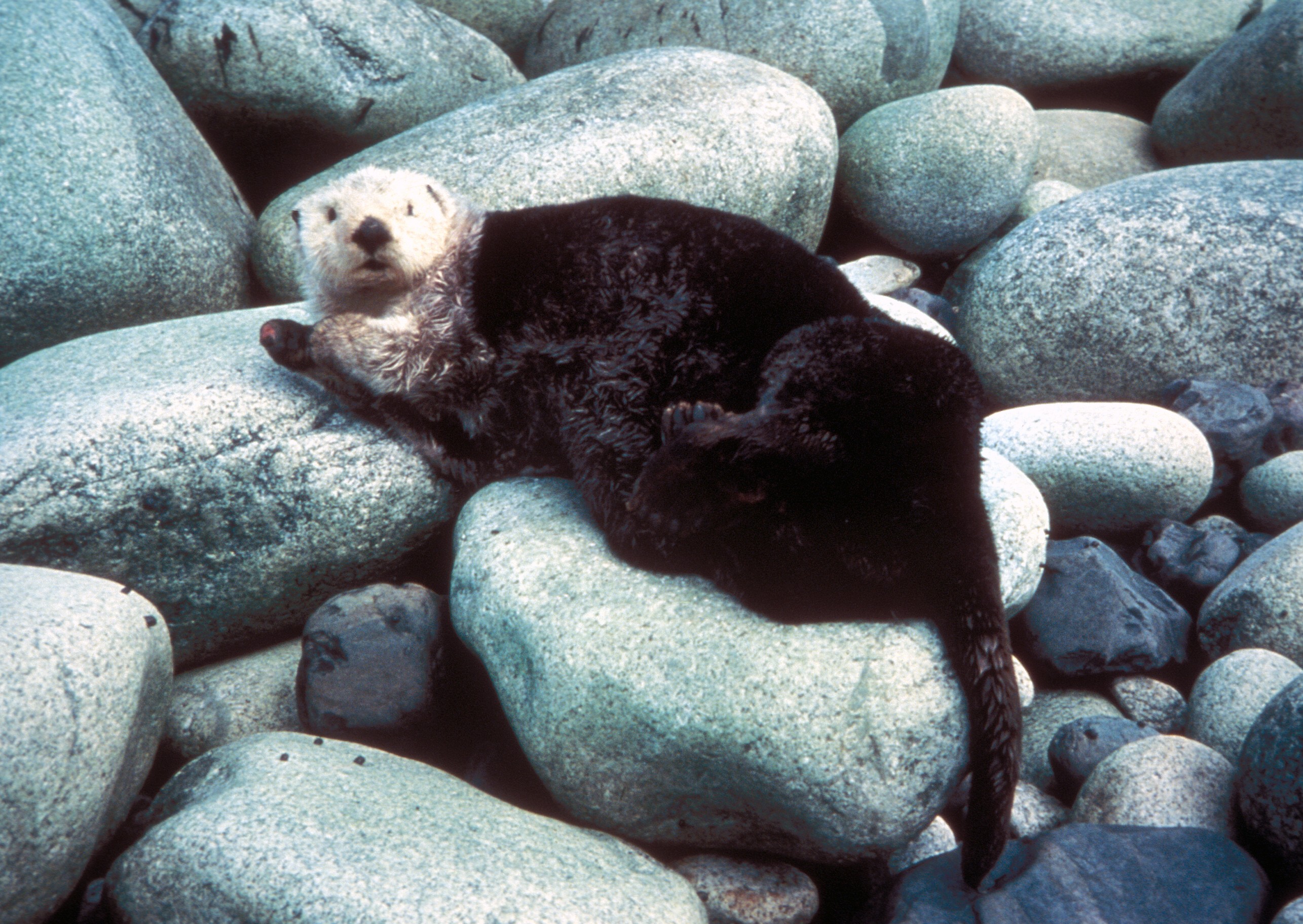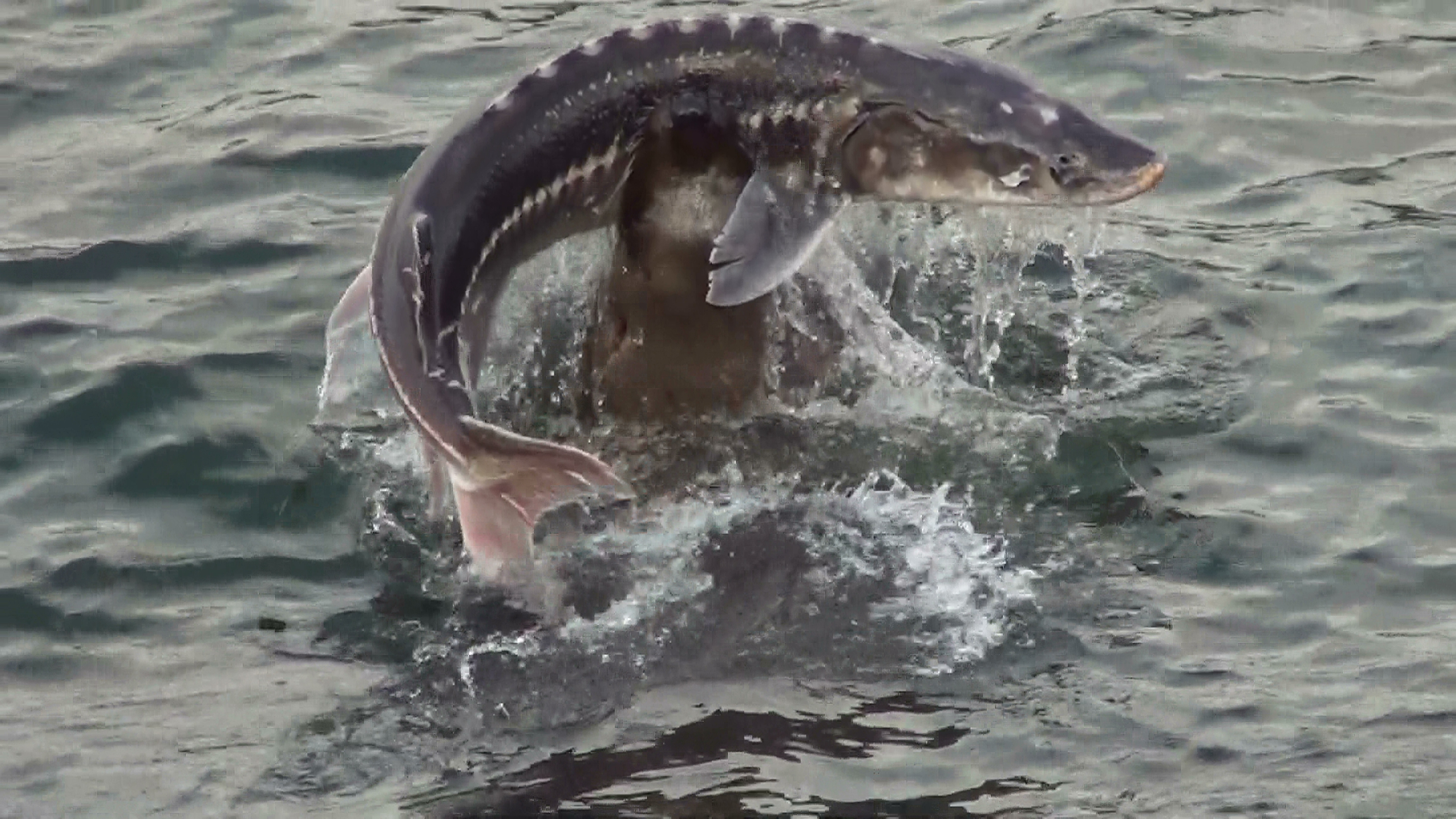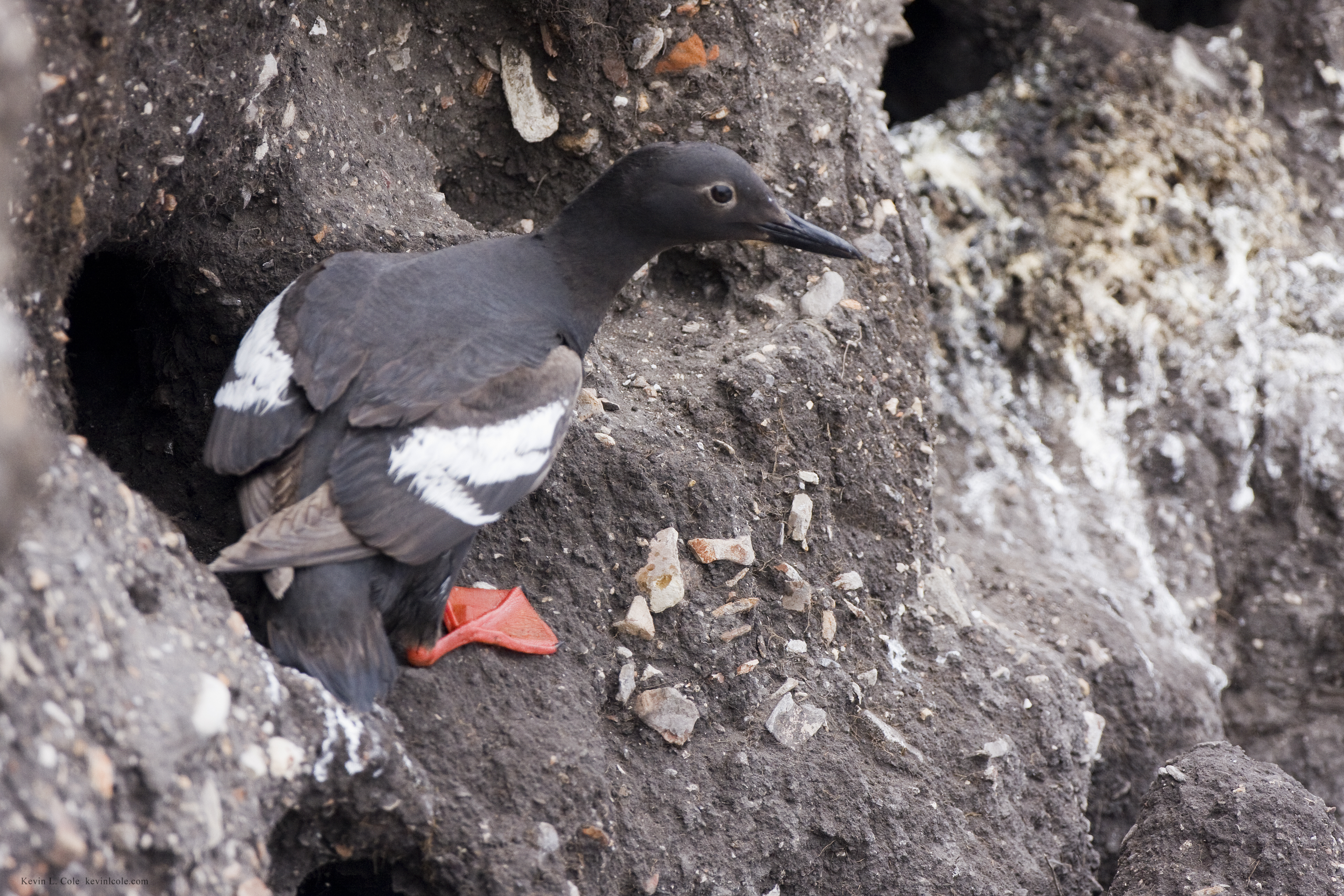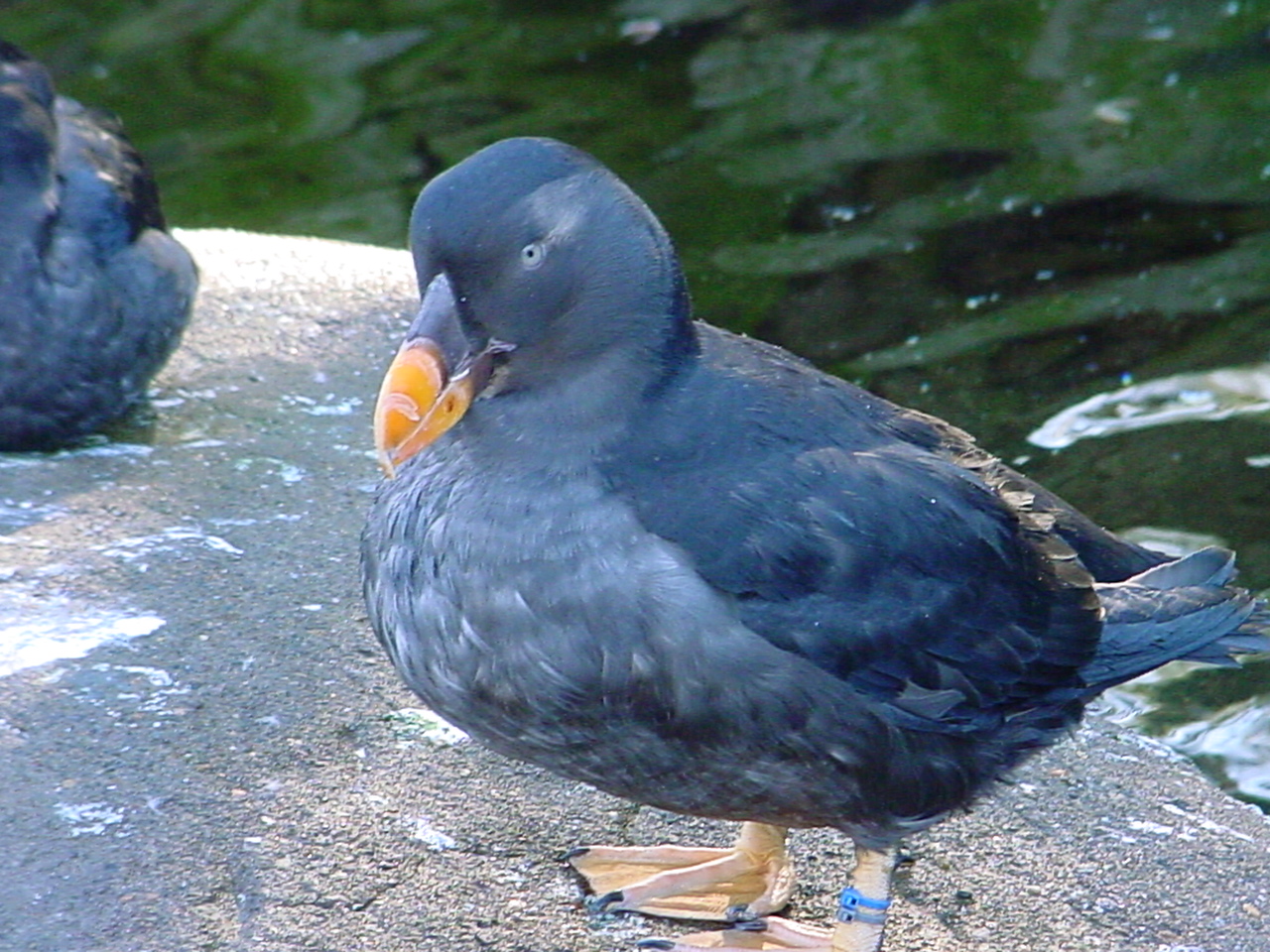|
Solander Island Ecological Reserve
Solander Island Ecological Reserve is a protected area on an island west of Brooks Peninsula Provincial Park off the northwest coast of Vancouver Island in British Columbia, Canada. It was established in 1971. The reserve is closed to the public to protect the habitat of nesting seabirds. The island was named in honour of Daniel Carlsson Solander, similar to the Solander Islands off New Zealand. It was previously referred to as "Solander Rock" and "Split Rock". A weather station is maintained by Environment Canada. Ecology Solander Island does not have any trees. It is covered in grass and low-growing vegetation. Plant species observed on the island include Salmonberries, salmonberry and Lasthenia maritima, hairy goldfields (Lasthenia maritima), a plant of special concern in British Columbia. Solander Island is home to numerous bird species including the tufted puffin, Leach's storm petrel, Cassin's auklet, pelagic cormorant, glaucous-winged gull and pigeon guillemot. The ... [...More Info...] [...Related Items...] OR: [Wikipedia] [Google] [Baidu] |
Brooks Peninsula
''Parts of this article have been adapted from thBC Parks website'' M𐞥uqʷin/Brooks Peninsula Provincial Park is a provincial park located on the west coast of Vancouver Island in British Columbia, Canada. History As a result of land-use planning for Vancouver Island, this former 28,780 hectare (71,117 acre) recreation area (established in 1986) was upgraded in 1995 to a Class 'A' Provincial Park. In addition to this upgrade, 22,851 hectares (56,466 acres) known as the Brooks-Nasparti area, has been added to the park. On July 13, 2009, the park was renamed Brooks Peninsula Provincial Park (a.k.a. M𐞥uqʷin Provincial Park) and, in 2018, M𐞥uqʷin/Brooks Peninsula Provincial Park under the guidance of the Kyuquot/Cheklesahht First Nation, Che:k'tles7et'h' peoples. Geography The park is 51,631 hectares (127,583 acres) in size. Brooks Peninsula is located about 20 kilometres (12 mi) southwest of Port Alice, British Columbia. Access to ... [...More Info...] [...Related Items...] OR: [Wikipedia] [Google] [Baidu] |
Leach's Storm Petrel
Leach's storm petrel or Leach's petrel (''Hydrobates leucorhous'') is a small seabird of the tubenose order. It is named after the British zoologist William Elford Leach. The scientific name is derived from Ancient Greek. ''Hydrobates'' is from ''hydōr'' "water", and ''batēs'' "walker", and ''leucorhous'' is from ''leukos'', "white" and ''orrhos'', "rump". It was formerly defined in the genus '' Oceanodroma'' before that genus was synonymized with '' Hydrobates''. It breeds on inaccessible islands in the colder northern areas of the Atlantic and Pacific Oceans. It nests in colonies close to the sea in well concealed areas such as rock crevices, shallow burrows, or even logs. It lays a single white egg, which often has a faint ring of purple spots at the large end. This storm petrel is strictly nocturnal at the breeding sites to avoid predation by gulls and skuas, and even avoids coming to land on clear, moonlit nights. The largest colony of Leach's storm petrels can be found o ... [...More Info...] [...Related Items...] OR: [Wikipedia] [Google] [Baidu] |
West Coast Of Vancouver Island
West is one of the four cardinal directions or points of the compass. It is the opposite direction from east and is the direction in which the Sun sets on the Earth. Etymology The word "west" is a Germanic word passed into some Romance languages (''ouest'' in French, ''oest'' in Catalan, ''ovest'' in Italian, ''vest'' in Romanian, ''oeste'' in Spanish and Portuguese). As in other languages, the word formation stems from the fact that west is the direction of the setting sun in the evening: 'west' derives from the Indo-European root ''*wes'' reduced from ''*wes-pero'' 'evening, night', cognate with Ancient Greek ἕσπερος hesperos 'evening; evening star; western' and Latin vesper 'evening; west'. Examples of the same formation in other languages include Latin occidens 'west' from occidō 'to go down, to set' and Hebrew מַעֲרָב (maarav) 'west' from עֶרֶב (erev) 'evening'. West is sometimes abbreviated as W. Navigation To go west using a compass for navigatio ... [...More Info...] [...Related Items...] OR: [Wikipedia] [Google] [Baidu] |
Northern Vancouver Island
Vancouver Island is an island in the northeastern Pacific Ocean and part of the Canadian province of British Columbia. The island is in length, in width at its widest point, and in total area, while are of land. The island is the largest by area and the most populous along the west coasts of the Americas. The southern part of Vancouver Island and some of the nearby Gulf Islands are the only parts of British Columbia or Western Canada to lie south of the 49th parallel. The southeast part of the island has one of the warmest climates in Canada, and since the mid-1990s has been mild enough in a few areas to grow Mediterranean crops such as olives and lemons. The population of Vancouver Island was 864,864 as of 2021. Nearly half of that population (~400,000) live in the metropolitan area of Greater Victoria on the southern tip of the island, which includes Victoria, the capital of British Columbia. Other notable cities and towns on Vancouver Island include Nanaimo, Campbell ... [...More Info...] [...Related Items...] OR: [Wikipedia] [Google] [Baidu] |
Sea Otter
The sea otter (''Enhydra lutris'') is a marine mammal native to the coasts of the northern and eastern Pacific Ocean, North Pacific Ocean. Adult sea otters typically weigh between , making them the heaviest members of the Mustelidae, weasel family, but among the smallest marine mammals. Unlike most marine mammals, the sea otter's primary form of insulation is an exceptionally thick coat of fur, the densest in the animal kingdom. Although it can walk on land, the sea otter is capable of living exclusively in the ocean. The sea otter inhabits nearshore environments, where it dives to the sea floor to Foraging, forage. It preys mostly on marine Invertebrate, invertebrates such as sea urchins, various mollusks and crustaceans, and some species of fish. Its foraging and eating habits are noteworthy in several respects. Its Tool use by sea otters, use of rocks to dislodge prey and to open shells makes it one of the few mammal species to use tools. In most of ... [...More Info...] [...Related Items...] OR: [Wikipedia] [Google] [Baidu] |
California Sea Lion
The California sea lion (''Zalophus californianus'') is a coastal eared seal native to western North America. It is one of six species of sea lions. Its natural habitat ranges from southeast Alaska to central Mexico, including the Gulf of California. California sea lions are Sexual dimorphism, sexually dimorphic; males are larger than females, and have a thicker neck, and a protruding sagittal crest. They mainly Hauling-out, haul out on sandy or rocky beaches, but they also frequent manmade environments such as marinas and Wharf, wharves. California sea lions feed on a number of species of fish and squid, and are preyed on by orcas and great white sharks. California sea lions have a Polygyny in animals, polygynous breeding pattern. From May to August, males establish territory (animal), territories and try to attract females with which to mate. Females are free to move in between territories, and are not coerced by males. Mothers nurse their pups in between foraging trips. Califo ... [...More Info...] [...Related Items...] OR: [Wikipedia] [Google] [Baidu] |
Steller Sea Lion
The Steller sea lion (''Eumetopias jubatus''), also known as Steller's sea lion or the northern sea lion, is a large, near-threatened species of sea lion, predominantly found in the coastal marine habitats of the northeast Pacific Ocean and the Pacific Northwest regions of North America, from north-central California to Oregon, Washington and British Columbia to Alaska. Its range continues across the Northern Pacific and the Aleutian Islands, all the way to Kamchatka, Magadan Oblast, and the Sea of Okhotsk, south to Honshu's northern coastline. It is the sole member of the genus ''Eumetopias'', and the largest of the so-called eared seals (Otariidae). Among pinnipeds, only the walrus and the two species of elephant seal are bigger. The species is named for the naturalist and explorer Georg Wilhelm Steller, who first described them in 1741. Steller sea lions have attracted considerable attention in recent decades, both from scientists and the general public, due to signific ... [...More Info...] [...Related Items...] OR: [Wikipedia] [Google] [Baidu] |
Pigeon Guillemot
The pigeon guillemot (''Cepphus columba'') () is a species of bird in the auk family, Alcidae. One of three species in the genus ''Cepphus'', it is most closely related to the spectacled guillemot. There are five subspecies of the pigeon guillemot; all subspecies, when in , are dark brown with a black iridescent sheen and a distinctive wing patch broken by a brown-black wedge. Its has mottled grey and black and white . The long bill is black, as are the claws. The legs, feet, and inside of the mouth are red. It closely resembles the black guillemot, which is slightly smaller and lacks the dark wing wedge present in the pigeon guillemot. This seabird is found on North Pacific coastal waters, from Siberia through Alaska to California. The pigeon guillemot breeds and sometimes roosts on rocky shores, cliffs, and islands close to shallow water. In the winter, some birds move slightly south in the northernmost part of their range in response to advancing ice and bird migration, m ... [...More Info...] [...Related Items...] OR: [Wikipedia] [Google] [Baidu] |
Pelagic Cormorant
The pelagic cormorant (''Urile pelagicus''), also known as Baird's cormorant or violet-green cormorant, is a small member of the cormorant family Phalacrocoracidae. Analogous to other smallish cormorants, it is also called the pelagic shag occasionally. This seabird lives along the coasts of the northern Pacific; during winter it can also be found in the open ocean.Orta (1992a) Pelagic cormorants have relatively short wings due to their need for economical movement underwater, and consequently have the highest flight costs of any bird. It was formerly classified in the genus '' Phalacrocorax'', but a 2014 study supported reclassifying it and several other Pacific cormorant species into the genus '' Urile''. The IOC followed this classification in 2021. Description This is a smallish cormorant which measures in length, with a wingspan of about and a weight of when fully grown. Adults in nonbreeding plumage are all-black with a metallic iridescence. In breeding plumage they g ... [...More Info...] [...Related Items...] OR: [Wikipedia] [Google] [Baidu] |
Cassin's Auklet
Cassin's auklet (''Ptychoramphus aleuticus'') is a small, chunky seabird that ranges widely in the North Pacific. It is the only species placed in the genus ''Ptychoramphus''. It nests in small burrows and because of its presence on well studied islands in British Columbia and off California it is one of the better known auks. It is named for the American ornithologist John Cassin. Cassin's auklet is a small (25 cm, 200 g) nondescript auk. Its plumage is generally dark above and pale below, with a small white mark above the eye. Its bill is overall dark with a pale spot, and its feet are blue. Unlike many other auks, Cassin's auklet lacks dramatic breeding plumage, remaining the same over most of the year. At sea it is usually identified by its flight, which is described as looking like a flying tennis ball. Cassin's auklet ranges from midway up the Baja California peninsula to Alaska's Aleutian Islands, off North America. It nests on offshore islands, with the main populat ... [...More Info...] [...Related Items...] OR: [Wikipedia] [Google] [Baidu] |
Tufted Puffin
The tufted puffin (''Fratercula cirrhata''), also known as crested puffin, is a relatively abundant medium-sized pelagic seabird in the auk family (Alcidae) found throughout the North Pacific Ocean. It is one of three species of puffin that make up the genus ''Fratercula'' and is easily recognizable by its thick red bill and yellow tufts. Description Tufted puffins are around in length with a similar wingspan and weigh about three-quarters of a kilogram (1.6 lbs), making them the largest of all the puffins. Birds from the western Pacific population are somewhat larger than those from the eastern Pacific, and male birds tend to be slightly larger than females. They are primarily black with a white facial patch, and, typical of other puffin species, feature a very thick bill, primarily red with some yellow and occasionally green markings. Their most distinctive feature and namesake are the yellow tufts () that appear annually on birds of both sexes as the summer reprod ... [...More Info...] [...Related Items...] OR: [Wikipedia] [Google] [Baidu] |






